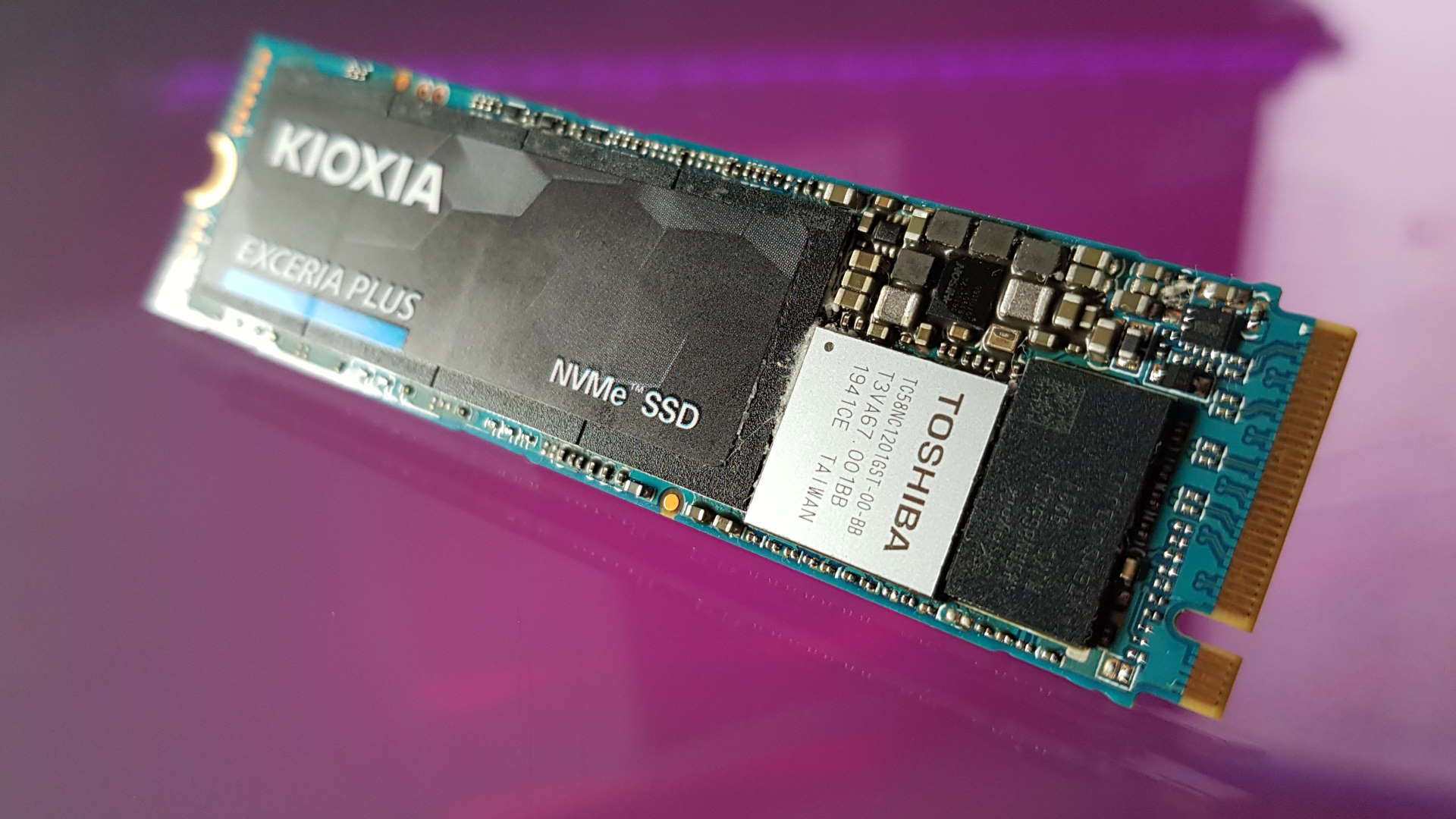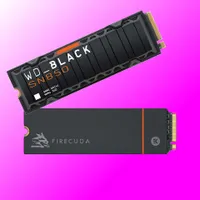SSD storage is set to use 1,000 layer memory chips by 2027, potentially offering 20 TB NVMe drives for under $300
Given the pace in NAND flash development, that's certainly not impossible, even the price.

If you could open up one of the best gaming SSDs and dig inside its chips, you'd see that the flash memory is made up of many layers, hundreds in some models. Memory chip giant Kioxia is aiming to scale this all the way up to 1,000 layers by 2027, paving the way for 20 TB SSDs that could sell for as little as $250.
As reported by Japanese tech site PC Watch (via Hot Hardware), Kioxia declared its lofty goals at this year's International Memory Workshop in Seoul. In its keynote speech to the hundreds of delegates attending the conference, Kioxia showed how 3D NAND flash, the type of memory chip that all gaming SSDs now use, has rapidly developed in recent years—the amount of storage in one square millimetre chip has grown by a factor of 10 in just eight years.
That's mostly been down to a stacking process, whereby multiple layers of memory cells are grouped together in a vertical structure; hence the 3D part in its name. Each individual layer is still relatively small, which helps to keep wafer yields high and keep them cost-effective to manufacture. This is why you can buy a fast 2 TB SSD for less than $150, something that would have been unimaginable a decade ago.
But the demand for more storage is as voracious as ever and the competition between Kioxia, Samsung, Micron, and others is really fierce, especially now that China-based flash foundries have joined the market. The only way to stand out in such a crowd is to have bigger flash memory chips that are fast and affordable.
At the moment, Kioxia's biggest flash chips have 162 layers, though 218-layer models will be coming to market very soon. Samsung threw its 1,000-layer gauntlet down earlier this year, with 2030 declared as its deadline and now with Kioxia aiming for 2027, it looks like we won't have to wait too long before we see gaming PCs playing host to some truly massive SSDs.
However, it's not a simple case of just bonding more layers to make a Jenga-like wobbling tower of NAND flash. Even just getting to 400 layers is a serious challenge for the industry but Kioxia is planning on making it even harder by also targeting a bit density of 100 Gb per square millimetre. We're currently around the 20 to 30 mark at the moment, and it was barely above one a decade ago, so perhaps it's not too big of a challenge after all.
But 20 TB for $300—surely that's not possible? You're lucky if you can get a fast 4 TB SSD right now for $200, so that figure seems like wishful thinking. It's worth noting that Kioxia itself didn't state this figure, it's a reasoned estimation by PC Watch ($250 to $350) but it's not entirely plucked from thin air. There are still some important ifs, though.
Keep up to date with the most important stories and the best deals, as picked by the PC Gamer team.
A consumer-grade SSD of that capacity, selling at that price, is only going to be possible if Kioxia manages to reach its target of 100 Gb/mm2 and 1,000 layers, and if the manufacturing yields and costs are equivalent to those we see now.
However, unlike the world of CPUs and GPUs where there's barely any competition, the NAND flash industry is one tech sector where big improvements come thick and fast. You might not think we'll see SSDs ten times bigger, for just double the price, than what we have now in just three years, but I wouldn't bet against it happening.
Best SSD for gaming: The best speedy storage today.
Best NVMe SSD: Compact M.2 drives.
Best external hard drive: Huge capacities for less.
Best external SSD: Plug-in storage upgrades.

Nick, gaming, and computers all first met in the early 1980s. After leaving university, he became a physics and IT teacher and started writing about tech in the late 1990s. That resulted in him working with MadOnion to write the help files for 3DMark and PCMark. After a short stint working at Beyond3D.com, Nick joined Futuremark (MadOnion rebranded) full-time, as editor-in-chief for its PC gaming section, YouGamers. After the site shutdown, he became an engineering and computing lecturer for many years, but missed the writing bug. Cue four years at TechSpot.com covering everything and anything to do with tech and PCs. He freely admits to being far too obsessed with GPUs and open-world grindy RPGs, but who isn't these days?


